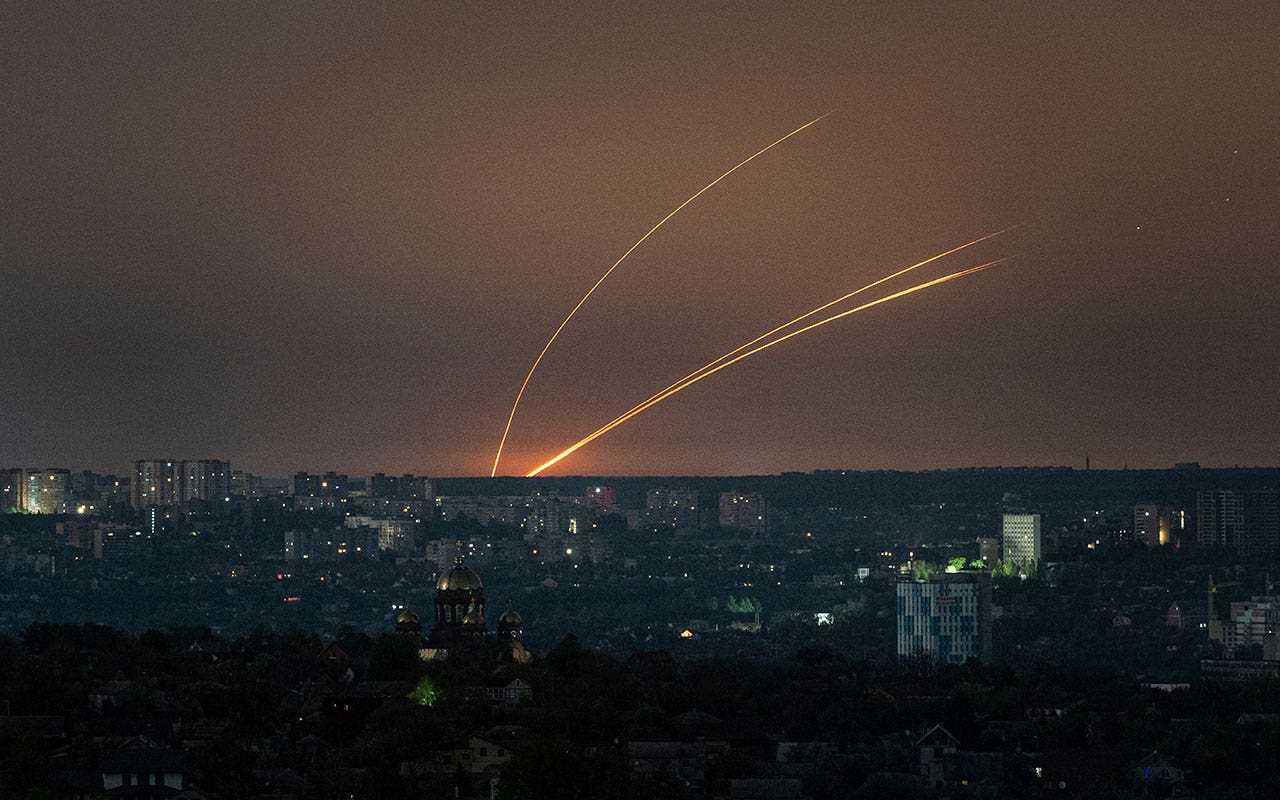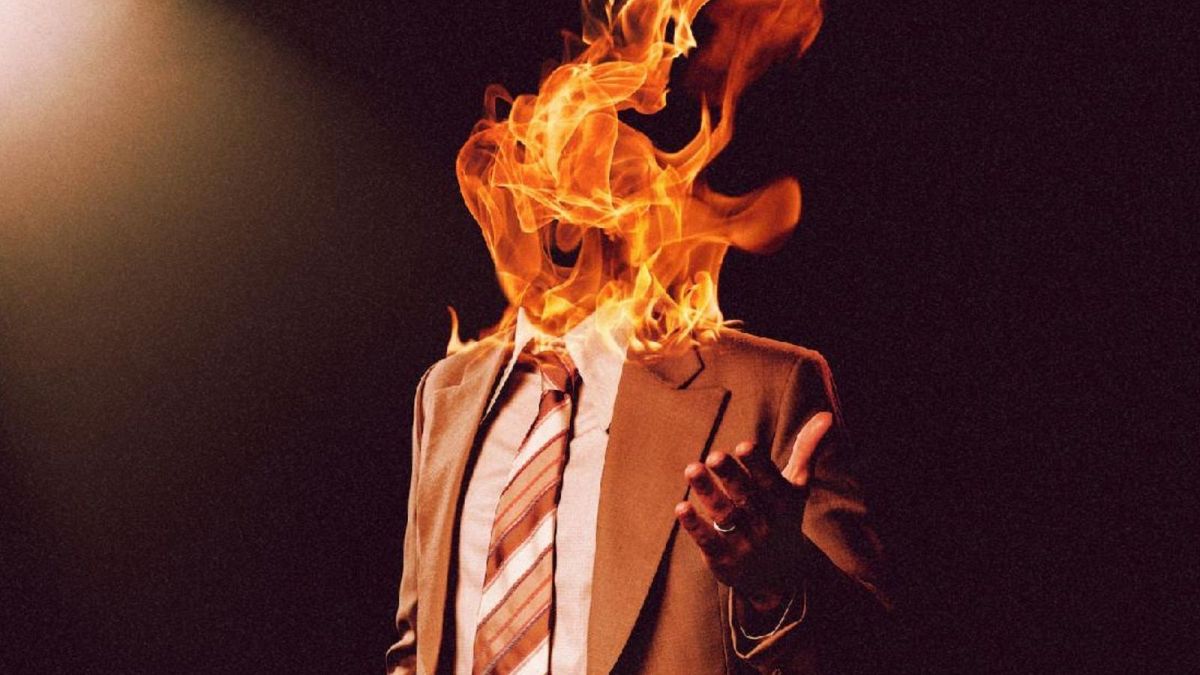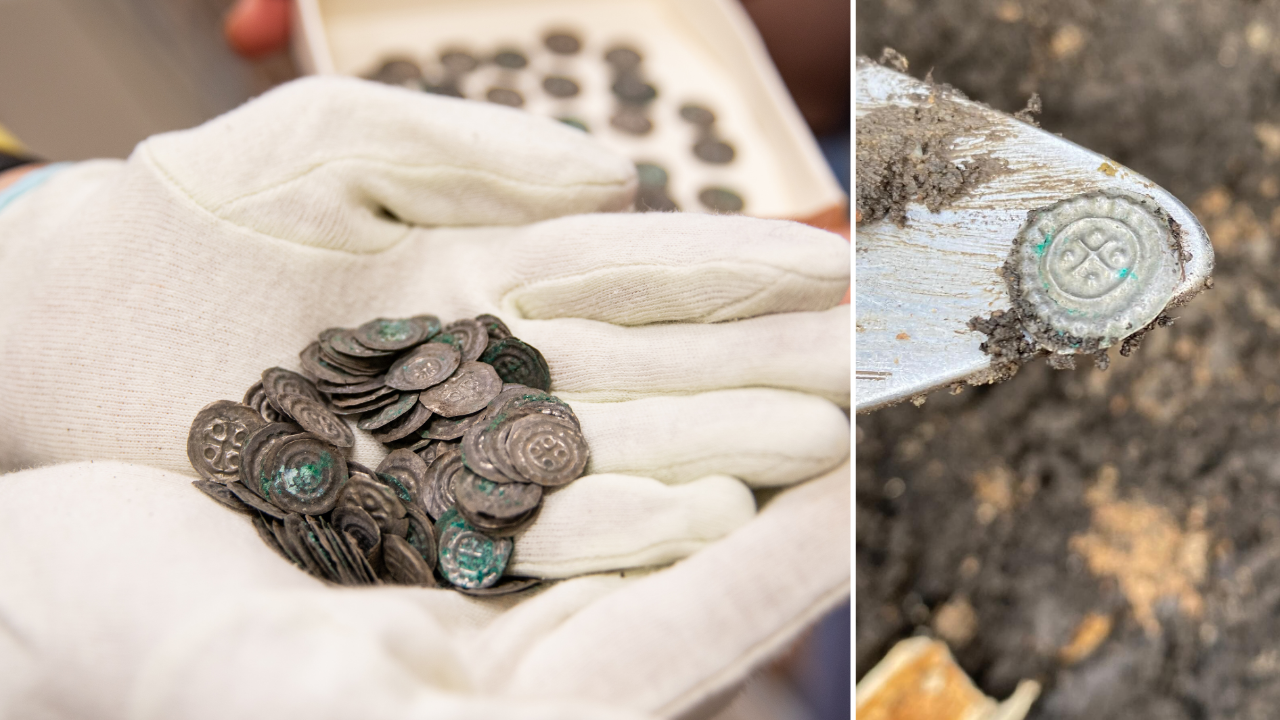What would you do for fame and TV ratings? While you ponder, seek out this devilish gem that slyly paints the portrait of the Satanic Panic in 1970s US.
There’s been quite a bit of buzz surrounding Australian directing duo Colin and Cameron Cairnes’ Late Night With The Devil, which premiered over a year ago at SXSW Festival in the US.
After some time on the festival circuit, a few wins along the way (Best Screenplay at the 56th Sitges Film Festival; Grand Prix at Hallucinations Collectives), and even a Stephen King endorsement, it’s finally out in cinemas. It even tallied up a suspiciously satanic $666,666 gross on its third day in the US. No joke.
All promising signs that we’re in for something special.
Late Night With The Devil sets the scene with a lengthy voiceover narration from Michael Ironside. We meet Jack Delroy (David Dastmalchian), who seems to be the eternal talk show bridesmaid to Johnny Carson’s bride. His late-night show, Night Owls with Jack Delroy, has a solid following, and even experienced an audience spike when the host returned to the screen after the death of his wife. However, even Delroy’s highest ratings put him in second place.
What he wouldn’t give for a shot at the title…
The opportunity comes on Sweeps Week on Halloween night of 1977. With ratings sliding and his contract about to expire, it’s time for a Hail Mary pass.
The night’s spooky guests are medium Christou (Fayssal Bazzi), former conjurer turned sceptic debunker Carmichael (Ian Bliss), and parapsychologist Dr. June Ross-Mitchell (Laura Gordon), who has just written a book about her time with her patient Lilly (Ingrid Torelli). The prim and a-little-bit-too-proper-for-comfort girl, a survivor of a mass cult suicide, claims to be possessed by a demon she calls “Mr. Wriggles”.
We’re sure that Captain Howdy nod won’t come up once the cameras start rolling…
As the opening monologue informs us, what we watch during the runtime is the long-lost master tape of the live broadcast, complete with monochrome behind-the-scenes footage when the adverts are running in real time.
The Cairnes brothers’ steady commitment to the found footage premise is laudable throughout, as the film plays out with brightly coloured wide shots and handheld segments. Linger on it too much and some aspects don’t hold up completely; but on the whole, it’s impressive how they manage to find a fresh angle for a played-out horror subgenre. Add their dedication to the 70s aesthetic, with period-appropriate decor and boxy aspect ratios, and you’ll quickly find yourself immersed in kitschy syndicated TV land.
Also admirable is the fact that Late Night With The Devil hits many of the familiar possession movie beats, but still manages to keep you on its Exorcist -meets- Network -meets-The King of Comedy hook. This is due in part to the enveloping period mood it recreates and the performances. Torelli is almost as chilling when she’s not displaying the evil entity as when she is – with those unnerving empty smiles to-camera not reassuring in the slightest. As for Dastmalchian, he delivers the goods for his first leading role. After a series of memorable appearances in The Dark Knight, Ant-Man and Dune, he strikes the right balance between the aw-shucks Midwestern act and the long-toothed careerist desperately seeking to hoover up America’s viewership. He’s buttressed here by the equally tricky but astute balancing act the directors achieve in making Late Night With The Devil not too self-conscious but knowingly ironic in the right places.
Some dreadheads may come out frustrated from the lack of scares, but there’s a case to be made that the Cairnes aren’t seeking to make you jump out of your seat.
Their satire could have been a smidge more metatextually potent by further commenting on the TV industry, whether seeing is believing in mass-media, and the price people pay for success. However, they understand that their ingenious premise lends itself more to nerve jangling paranoia through period context rather than outright scares.
Because, at the end of the day, Late Night With The Devil adds itself to the Satanic Panic canon.
Incidentally, if you haven’t read “Satanic Panic: Pop Cultural Paranoia in the 1980s” by Kier-La Janisse, get thee to a bookstore. Online or in person. Aren’t shops nice, though?
By including elements of Watergate and the Manson killings in the intro, sprinkling references to Masonic cults in the woods, as well as establishing the new era as “a time of unrest” in which a talk show “helps an anxious nation forget its troubles”, the directors deftly paint the portrait of the death of the Swinging Sixties in the US – a country where mass public hysteria and widespread distrust are depressingly familiar cornerstones. This is brought home in the film’s final stretch and its surreal leanings, which may polarise considering the build-up, but will find a sweet spot for many.
So, while it’s not the absolute slam-dunk that the hype somewhat unfairly preps you for, Late Night With The Devil is a devilish little gem that never feels like a shameless Exorcist rip-off, and stands alongside Stopmotion as one of this year’s most memorable horror offerings.
And now, a word from our sponsors…
Late Night With The Devil is out now.













